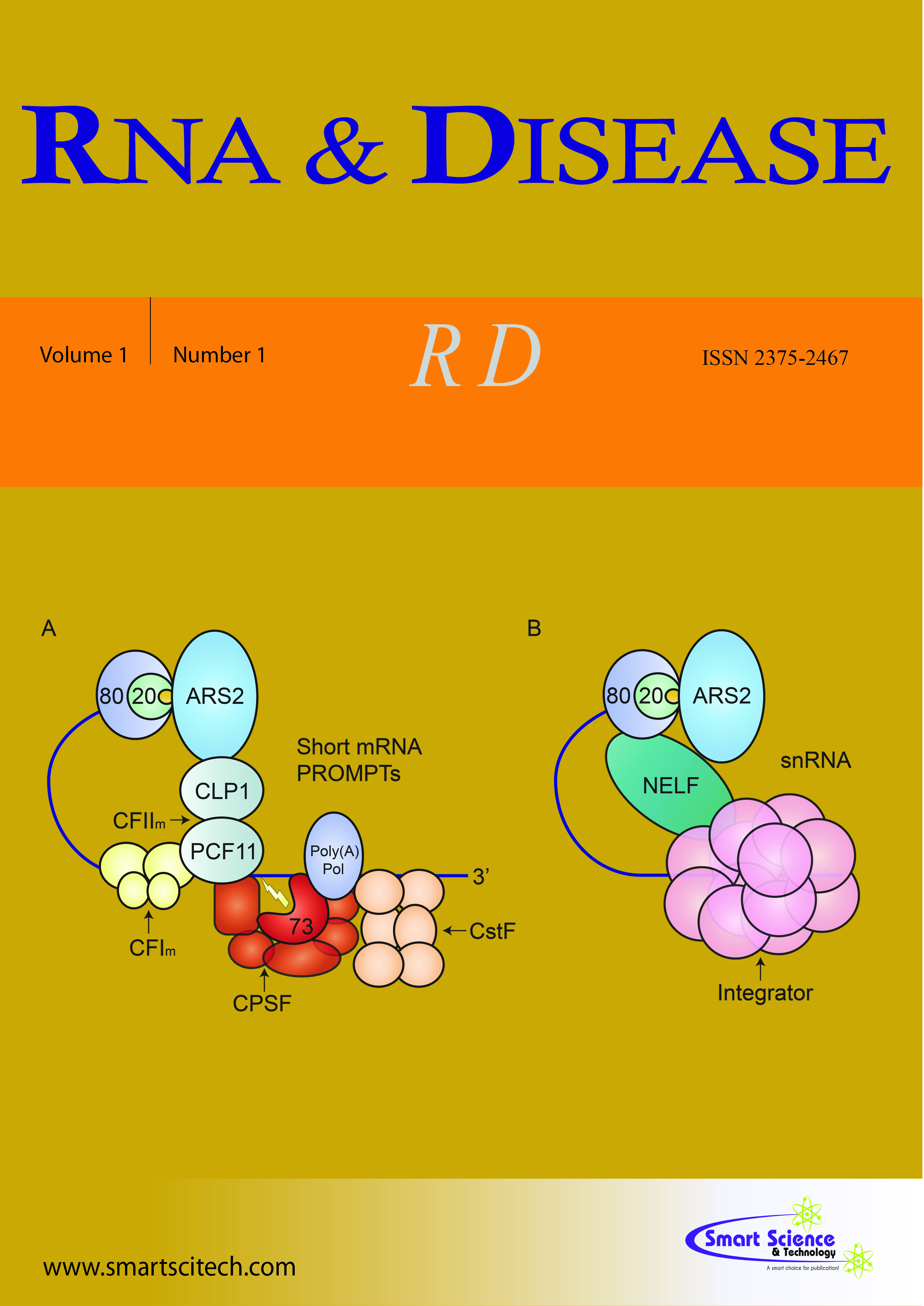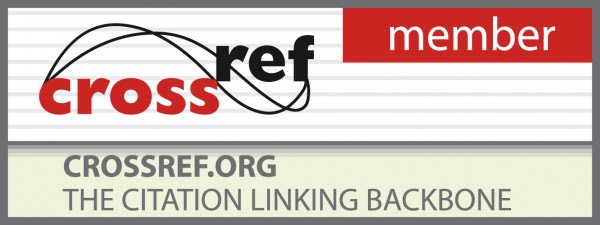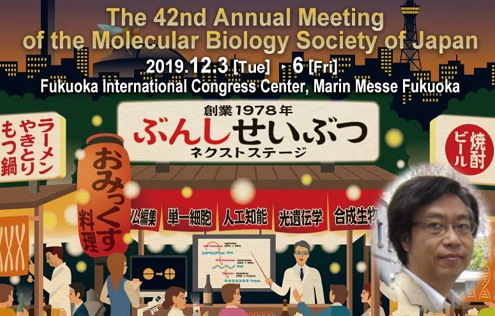RNA binding activity of HSV-2 ICP27 protein
DOI: 10.14800/rd.1165
Abstract
Herpes Simplex virus (HSV) protein ICP27 is a multifunctional gene expression regulator, which assumes various roles during the course of the viral infection. Previously we identified ICP27 switches RNA isoforms expression of particular genes such as PML (promyelocytic leukemia). Although ICP27 protein contains several RNA binding domains, it remains unclear what domain of ICP27 protein is critically important for RNA binding activity to both host and viral transcripts. Here we characterized the RNA binding activity of ICP27 protein in vitro. We found that R2 domain and three KH domains in the C terminal region of ICP27 protein bound to PML pre-mRNA and also suppressed retention of PML intron 7a, indicating that the C-terminal region contributes to such alternative splicing regulation of host gene. Notably C-terminal region of ICP27 protein efficiently binds to poly G, poly U and poly C, although the N-terminal region preferentially binds to poly G. In addition, the mutant proteins that lack either R2 or KH domains decreases RNA binding activity to poly U. We also employed Cross-Linking and Immuno-Precipitation (CLIP)-PCR approach in HSV-2 infected cells and identified 39 RNA binding targets of ICP27 protein in the viral genome that is G-rich. Finally, we showed that loss of either the N or C terminal regions of ICP27 significantly impaired RNA binding to such viral RNAs. Overall our results suggest that combination of ICP27 protein domains determines specificity of RNA binding to host and HSV-2 RNAs.












